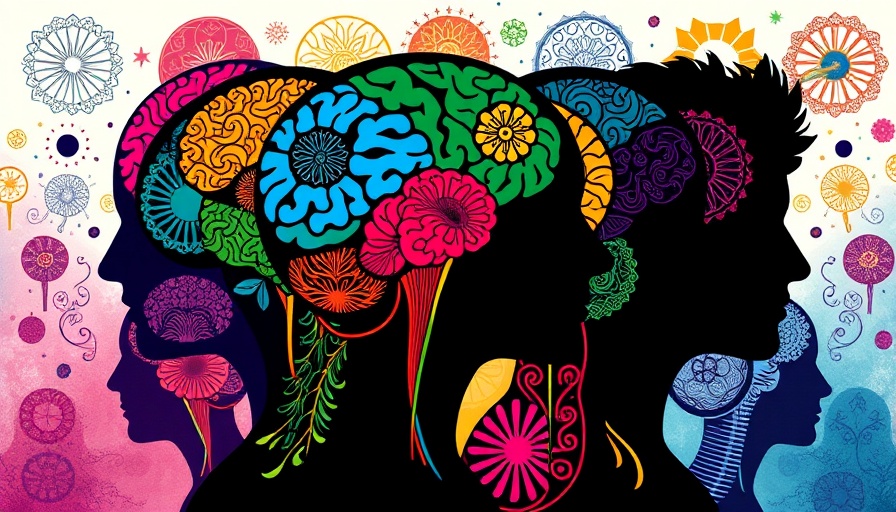
How AI is Changing the Way We See Images Online
In today’s digital landscape, images dominate our online experiences. But how can we ensure that these images convey accurate messages? An emerging tool called Backstory aims to provide context to online images, enhancing our understanding while using AI advancements to achieve this goal.
Understanding the Role of AI Algorithms in Image Context
Backstory leverages sophisticated AI algorithms to analyze the context of online images. By combining AI and big data, it can identify the deeper narratives behind images, adding layers of meaning that might otherwise be missed. This not only enhances user experience on social media platforms and websites but also fosters more responsible consumption of digital content.
The Importance of AI Ethics in Image Sharing
While the technology behind Backstory is groundbreaking, it also raises critical questions about AI ethics. For example, how can we ensure that the contexts provided are accurate and unbiased? Responsible applications of AI technology in image analytics must prioritize ethical considerations to avoid disseminating misinformation or reinforcing harmful stereotypes.
Future Predictions: What’s Next for AI in Image Contextualization?
The capabilities of AI are continually growing, and the future looks promising for tools like Backstory. As AI systems improve in understanding human language and context, we can expect more nuanced interpretations of visual content. Future development may even allow for real-time updates to image context based on current events, helping users stay informed in an ever-changing digital environment.
How This Technology Connects to Broader AI Developments
This exploration of image context is just one of many exciting developments in the AI landscape. Technologies using AI for automation, customer experience, and digital transformation are reshaping industries across the board. The connections between AI applications in various sectors suggest a future where image contextualization becomes a norm that enhances user engagement and fosters informed discussions.
Why Understanding Image Context Matters to You
For tech enthusiasts and industry innovators, grasping how AI impacts everyday experiences like image viewing is crucial. This understanding enables consumers, developers, and businesses alike to leverage these tools effectively, ensuring technological interactions are meaningful and insightful.
 Add Row
Add Row  Add
Add 




Write A Comment